ANKARA (RNS) – Pope Leo XIV landed in the capital of Turkey, and on Thursday (Nov. 27) met with state representatives of the Sunni Muslim majority country, including President Recep Tayyip Erdogan, during which he made a plea for peace amid growing tensions and conflict.
After a stop at the mausoleum of Mustafa Kemal Ataturk, the founder of modern Turkey, the pope entered the presidential palace alongside Erdogan to the sound of ceremonial cannons and the Turkish national anthem.
“Today, more than ever, we need people who will promote dialogue and practice it with firm will and patient resolve,” Leo said in a speech to diplomatic and civil authorities in the country, warning that the world is “marked by a heightened level of conflict on the global level, fueled by prevailing strategies of economic and military power.”
Referring to his predecessor Pope Francis, Leo said such issues are enabling a “third world war fought piecemeal” and urged Turkish leaders to continue efforts toward peace. “We must in no way give in to this. The future of humanity is at stake,” he said.
Instead, he said, world leaders should focus resources on the “real challenges” facing humanity today, including poverty, lack of health and education, and the care for creation, or the natural environment. The pope also noted “technological developments that could otherwise exacerbate injustice instead of helping to overcome it,” such as artificial intelligence.
A large part portion of the pope’s speech was focused on the role of Turkey as bridge not only between East and West, but also among its diverse people. Only three religions are officially recognized by the Turkish state, and the others – including Catholicism – lack legal recognition.
“I willingly assure you that Christians desire to contribute positively to the unity of your country,” Leo said, citing the commitment of previous pontiffs to strengthen ties with the Turkish government and its Muslim population. “In a society like the one here in Türkiye, where religion plays a visible role, it is essential to honor the dignity and freedom of all God’s children, both men and women, fellow nationals and foreigners, poor and rich. We are all children of God, and this has personal, social and political implications.”
In 2020, Erdogan converted Istanbul’s Hagia Sophia church, a historical site of Eastern Christian Orthodoxy, into a mosque. Trained as an imam, he delivered the first sermon there after it was converted. Relations with Catholics have also been uneven in recent years. After Pope Francis used the term “genocide” in 2015, to describe the Armenian massacre in the Ottoman Empire during World War I, Turkey recalled its ambassador to the Vatican.
Yet, during his remarks before the pope’s speech, Erdogan spoke of a “culture of coexistence” in Turkey, where he said Christians and Muslims live peacefully side by side. He also praised Leo for his support of Palestinians as well as his efforts to end the war in Ukraine.
Turkey has hosted peace talks between Russia and Ukraine in Istanbul and has been a key player in peace mediation efforts. The Vatican has also been active on the ground in offering aid to Ukrainians, helping displaced children be reunited with their families and assisting in exchanges of prisoners.
“It is in the interest of the Holy See and the Catholic Church to have a relationship and this opportunity to meet with Erdogan — to keep that door open,” said Victor Gaetan, author of “God’s Diplomats: Pope Francis, Vatican Diplomacy and America’s Armageddon.”
Especially with Erdogan’s growing influence in the Middle East, Africa, the Balkans and throughout the Caucasus region, Turkey offers an important platform for the Holy See to promote its message of peace and religious tolerance. And given the influence Erdogan has with Russian President Vladimir Putin, the pope’s call for Turkey to be a stabilizing power has a far-reaching echo.
On Friday (Nov. 28), Leo will join the patriarch of Constantinople and the spiritual head of Eastern Orthodoxy, Bartholomew I, in Nicaea, the ancient town where early Christian bishops gathered to lay the foundation of their shared beliefs and wrote the first part of the Nicene Creed, recited by almost all Christians.
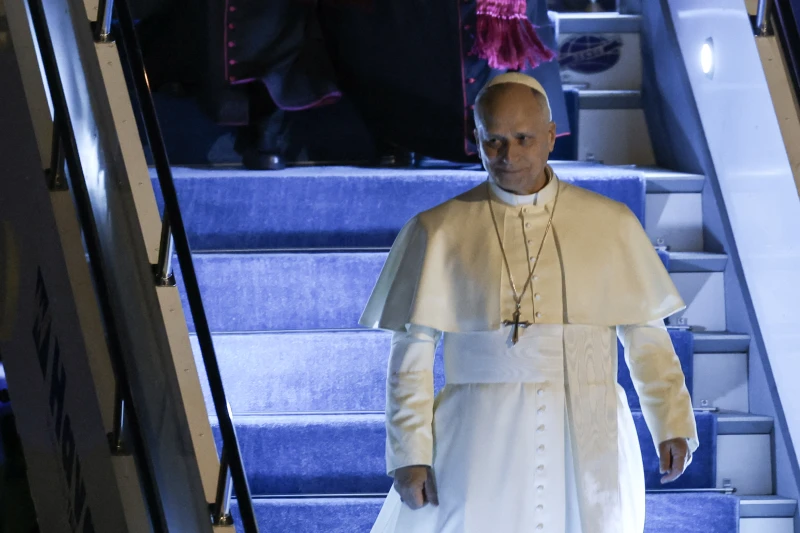
 Pope Leo XIV disembarks from his plane upon his arrival at Istanbul Ataturk airport on November 27, 2025. / Credit: BERK OZKAN / AFP via Getty Images
Pope Leo XIV disembarks from his plane upon his arrival at Istanbul Ataturk airport on November 27, 2025. / Credit: BERK OZKAN / AFP via Getty Images
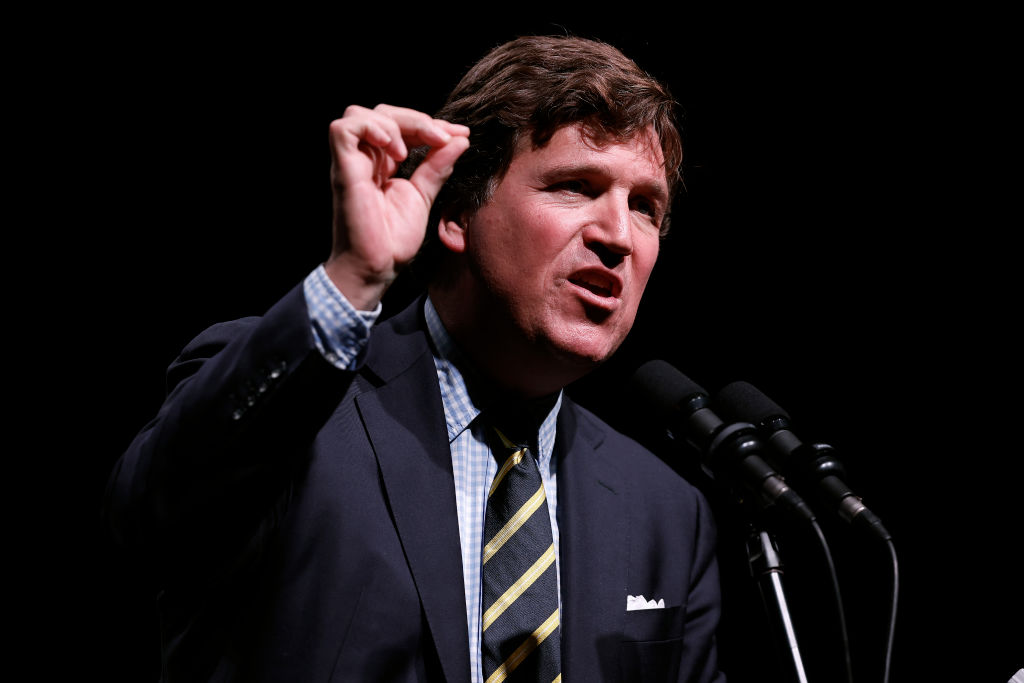 Carlson is not defending Western civilization. He is trying to redefine it into something smaller, harsher, and hostile to the very people who shaped it.
Carlson is not defending Western civilization. He is trying to redefine it into something smaller, harsher, and hostile to the very people who shaped it. In contrast to his loyal followers in groups calling themselves “Jewish Voice for Peace” and “IfNotNow” Beinart has more than a trivial familiarity with Jewish tradition and texts, which he displays in presenting his views.
In contrast to his loyal followers in groups calling themselves “Jewish Voice for Peace” and “IfNotNow” Beinart has more than a trivial familiarity with Jewish tradition and texts, which he displays in presenting his views.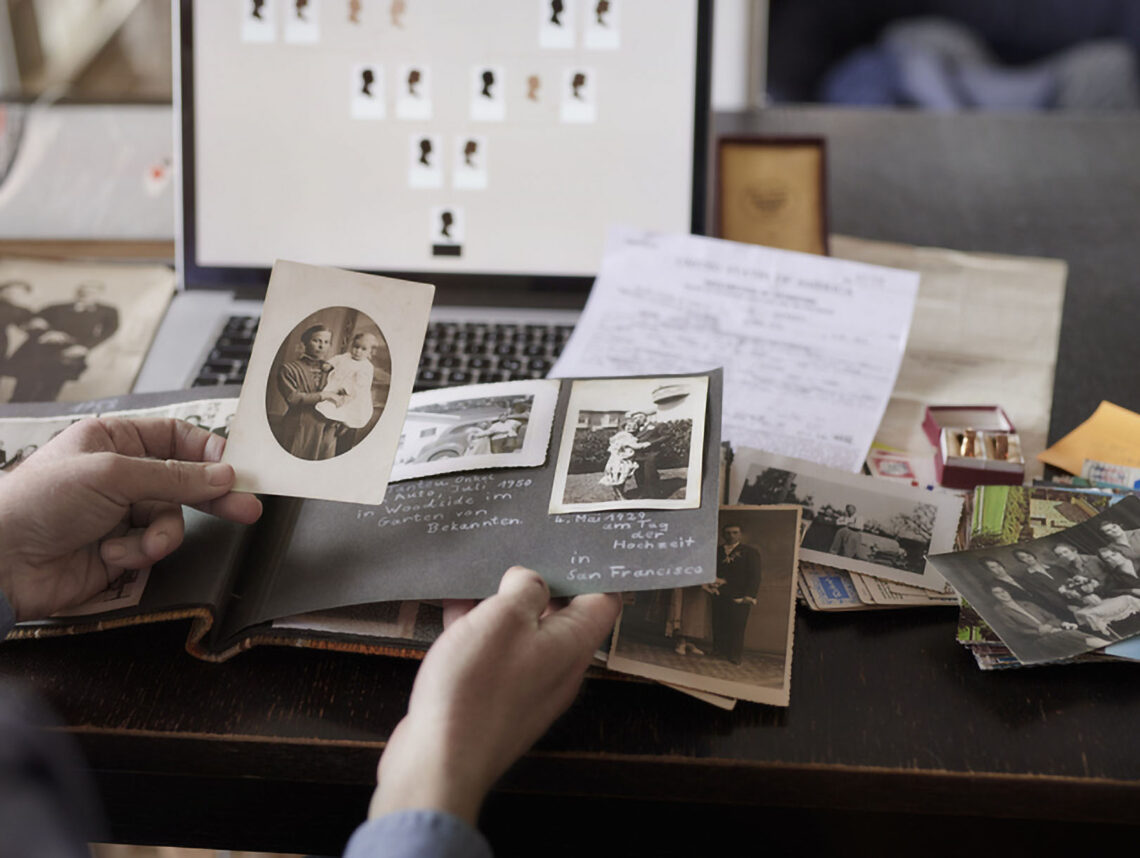 Thanksgiving is an ideal time to seek out family stories. What gets in the way are those other stories that assault us every hour on social media and news sites.
Thanksgiving is an ideal time to seek out family stories. What gets in the way are those other stories that assault us every hour on social media and news sites. 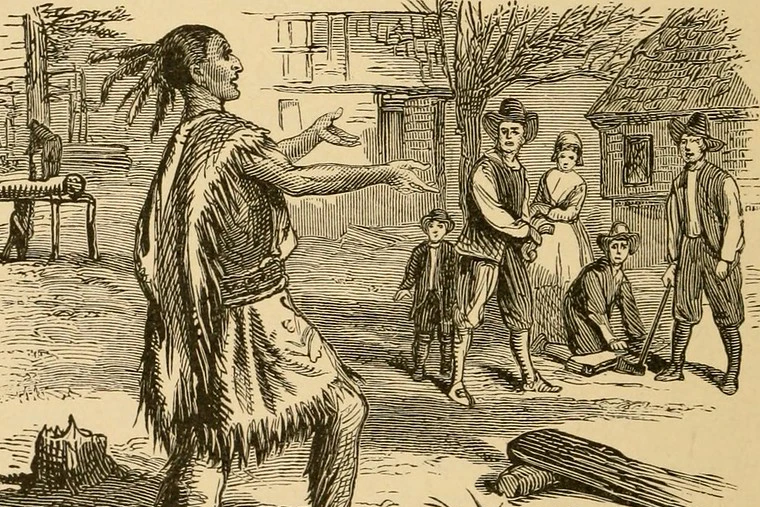

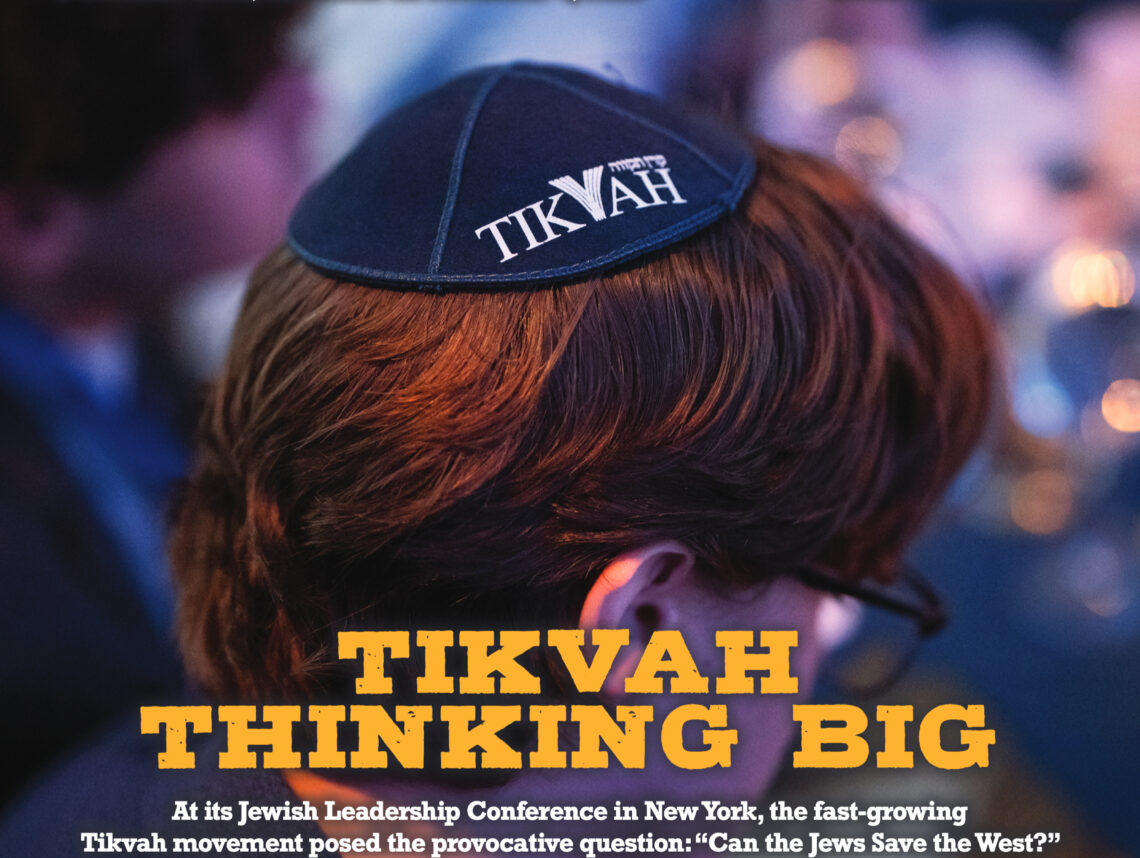 At its Jewish Leadership Conference in New York, the fast-growing Tikvah movement posed the provocative question: "Can the Jews Save the West?"
At its Jewish Leadership Conference in New York, the fast-growing Tikvah movement posed the provocative question: "Can the Jews Save the West?"